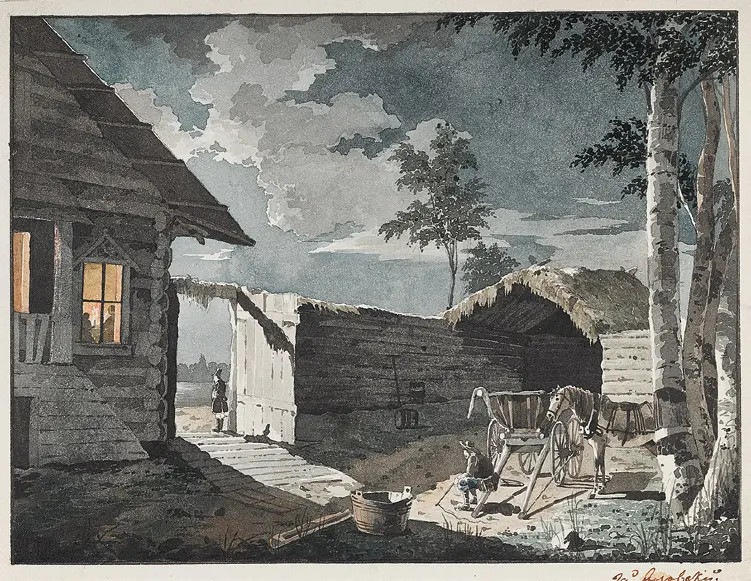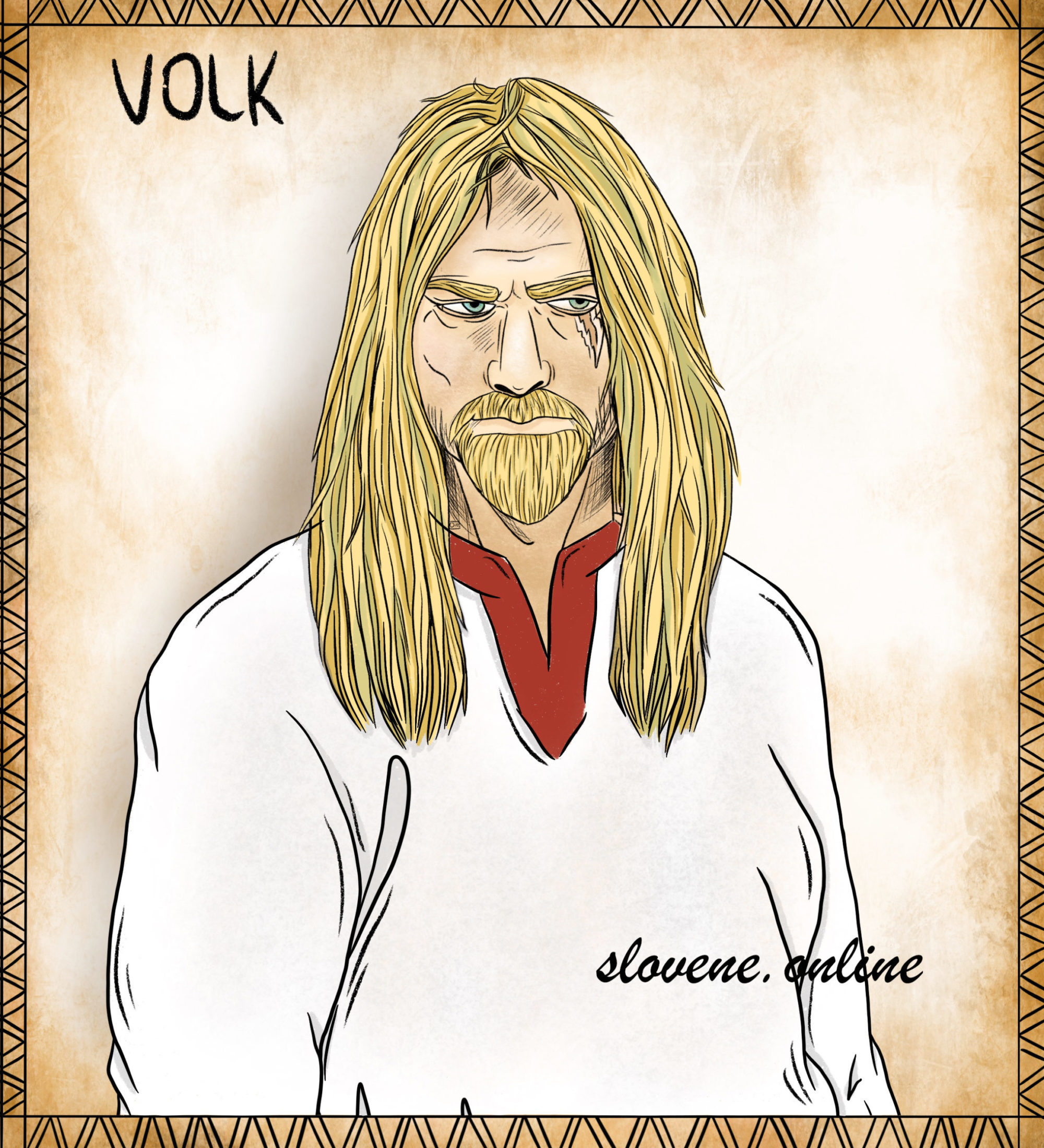In Belarus, the feather of a stork (as an “enemy” of reptiles and all evil spirits) was stuffed into the floor or into the wall near the bed from fleas. For similar purposes, Bulgarians used crane’s feathers. To protect a woman in labor from evil spirits, Serbians fumigated her with a straw and feathers taken from three empty nests.
ꏍ
To heal a fever, Slavs used a smoke from several feathers plucked from a young hen, which had not yet laid any eggs. With fresh feathers of a partridge or an owl, the Poles treated aches in the lower back and joints, covering sore spots with them.
ꏍ
For healing, the South Slavs used the feathers of sacrificial hens, chicks and roosters (usually black), which were slaughtered during the “wolf” holidays. Such feathers Serbians used to fumigate sick children or women in labor during childbirth. Bulgarians used rooster feathers for healing, and chicken feathers for fortune-telling.
ꏍ
Stork, chicken, crane, owl, partridge … What other birds do you know, whose feathers have special properties?
ꏍ
More interesting facts can be found in: “Slavic Antiquities” – encyclopedic dictionary in 5 volumes by Institute for Slavic Studies of the Russian Academy of Sciences.
ꏍ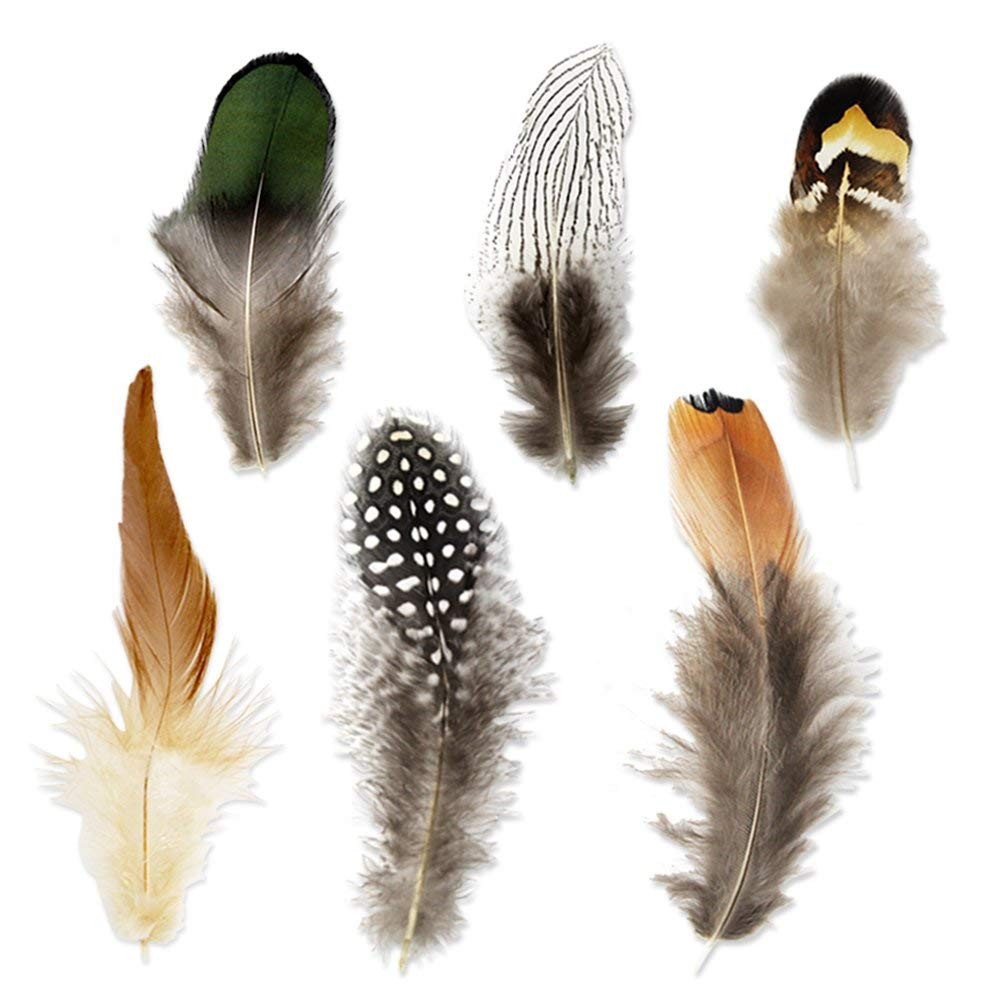
Feather in Slavic tradition
Feather in Slavic tradition: from black magic to amulet for happiness.
ꏍ
Ancient Slavs associated feathers not only with birds, but also with some demonic creatures. According to southern Slavic beliefs, a demon man with feathers on his body was born once in a while as a protector of the countryside. Bulgarians believed that Vilas had feathers on their dresses. The spirit of wealth Mamnik (or Mamyak) was believed to have a form of a feathered black chick, who was hatched from an egg under the dress of a witch. By throwing his feather into a neighbor’s barn, the witch could “steal” milk from other people’s cows.
ꏍ
A disgruntled Domovoi could pluck feathers on the head of chickens. To avoid this, a talisman called “Chicken God” was hung in the henhouse. And if a cunning chicken seller in Poland snatched three feathers from under her wing and quietly casted the incantation: “Tobie mięso a mnie pierze” [Your meat, and my feathers], then the chicken would stop laying eggs.
ꏍ
Feathers were also used in wedding ceremonies. Ukrainians decorated the bride’s wreath with long feathers. In Poland, a young couple were gifted with a feather. The oven was swept with feathers before baking a loaf. And the bride during the wedding held a feather in a stocking for good luck.
ꏍ
Do you pick up bird feathers? How do you use them?
ꏍ
To be continued….
ꏍ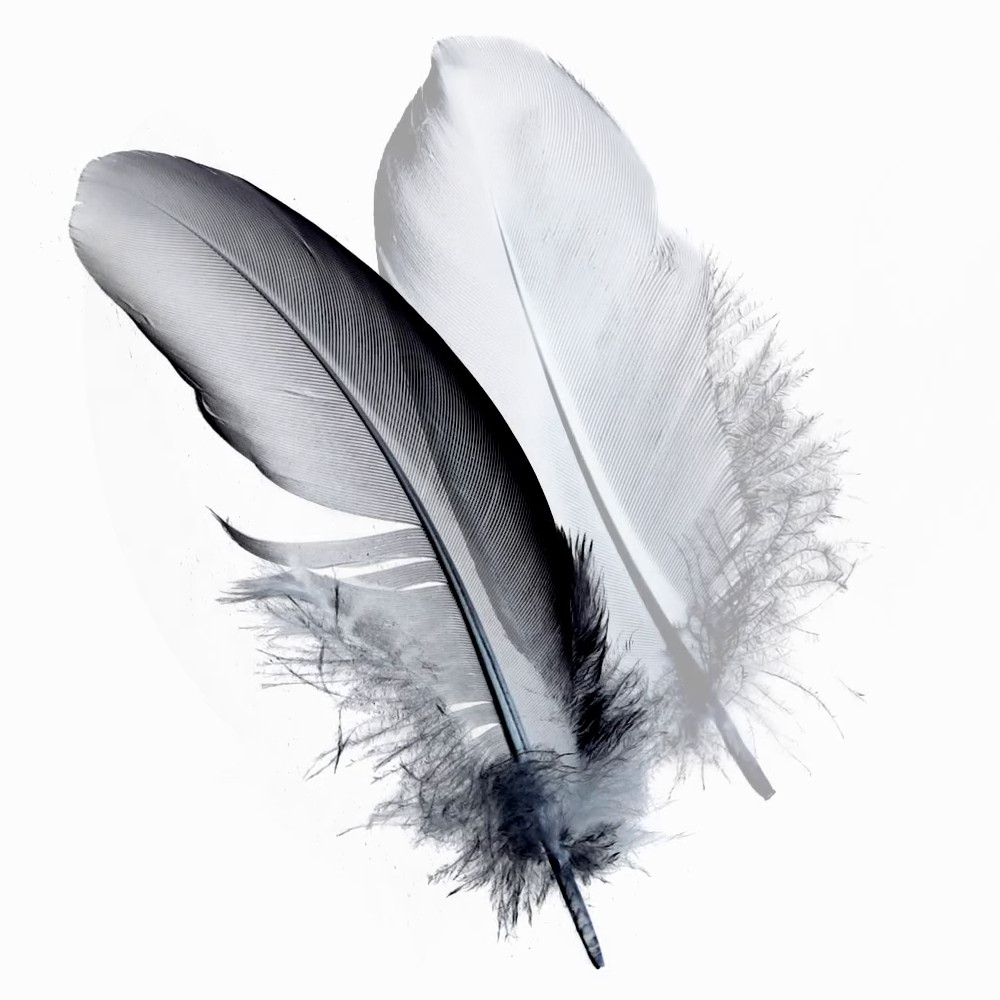
The bat as the key to wealth in Slavic tradition
Due to the ability of the bat to cling to surfaces as to “stick” to something, Slavs believed that it had the ability to “attract” various things: wealth, visitors, prey, lover, etc. The Bulgarians called the bat “cleave” (‘прилеп’) and believed that prosperity would cleave to the person who carried it with him. People also would place its head or full body into the barn or inside the money chest to attract more wealth.
ꏍ
Polish nailed a bat to the tavern wall to attract visitors. Russian bear hunters took it with them to hunt, believing that in this case the bear would certainly come out to them.
ꏍ
As a bewitching agent, the bat was used in love magic. Belarusians, Ukrainians and Poles extracted two bones from the skeleton of a bat eaten by ants. One of them was to attract a lover, and the other was used to magically push away one person from another. Bulgarian girls and boys wishing to get married, carried a bat with them so that the one with whom they were in love would “stick” to them.
ꏍ
More interesting facts can be found in: “Slavic Antiquities” – encyclopedic dictionary in 5 volumes by Institute for Slavic Studies of the Russian Academy of Sciences.
ꏍ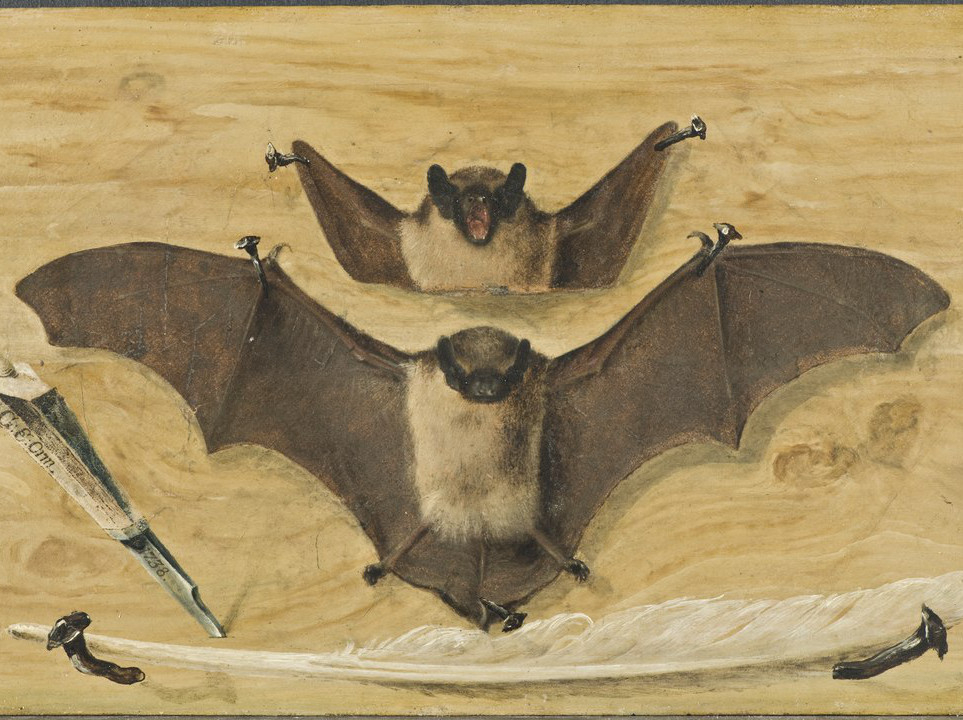
Bat in the Slavic tradition
The bat among the ancient Slavs was closely associated with evil spirits. Lusatian Sorbs believed it was a vampire, and the Poles – a flying evil spirit or the soul of a sleeping witch. Poles also believed that witches could take tree leaves under their armpits and turn them into bats. The Belarusians thought that a walking dead sorcerer appeared in the form of a bat. In Russia, the bat was often called Kikimora, and it was a bad omen if it flew inside a house.
ꏍ
However, due to blindness, the bat sometimes served as a talisman against the evil eye. For this, Bulgarians and Macedonians sewed the wing, head or skin of an animal into their clothes. The Poles hung bat up in the stable to guard their horses from the evil eye or nailed it to the door as protection from witches. The same way, Lusatian Sorbs protected themselves from illness and misfortune.
ꏍ
But before making a talisman out of a bat, how, I wonder, was it caught? 😉
ꏍ
To be continued…
ꏍ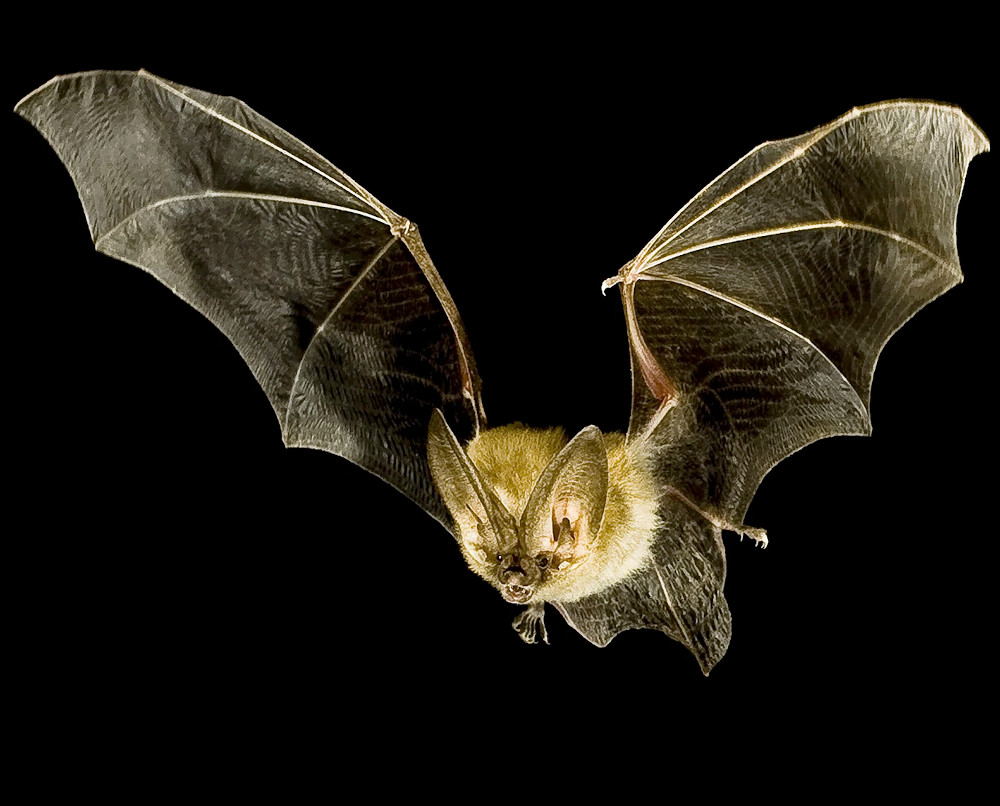
Slavic yard as a place for rituals
Slavic people performed many rituals in the yard, to ensure the well-being of their home and household. In Serbia, during Kolyada (коледа) celebrations, people danced around a bread loaf, fibers for distaff and a piece of dry meat laid in the middle of the yard – imitating a struggle with invisible evil forces, expelling them from all buildings and corners of the house. Russians in Vladimir region on the day of the first pasture of cattle drove an aspen stake in the middle of the yard to protect cattle from misfortunes and diseases during grazing. Ukrainians, during the wedding, placed “dezha” (a wooden tub for sourdough bread preparation) in the middle of the yard and walked a young couple around it.
ꏍ
The ritual of “warming the dead” was widespread in southern Russia. During celebrations around winter solstice, people burned huge bonfires in the middle of the yard, believing that they “warm” the souls of their ancestors who wander around their homes at this time. In Polesie region, during the Rusalia week, the mothers of the dead girls took out clothes for them into the yard, waiting for the deceased daughter to appear in a form of rusalka. And if the clothes remained intact, then it was believed that their daughter-rusalka did not come.
ꏍ
What other rituals performed in the yard do you know?
ꏍ
More interesting facts can be found in: “Slavic Antiquities” – encyclopedic dictionary in 5 volumes by Institute for Slavic Studies of the Russian Academy of Sciences.
Artist: Ivan Aivazovsky
ꏍ